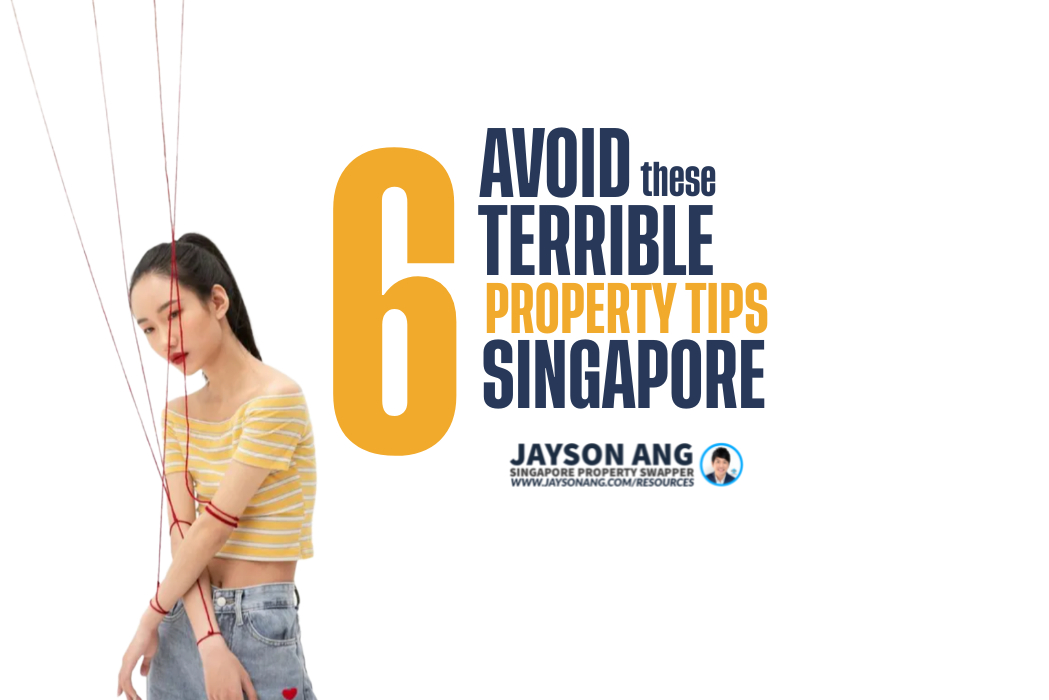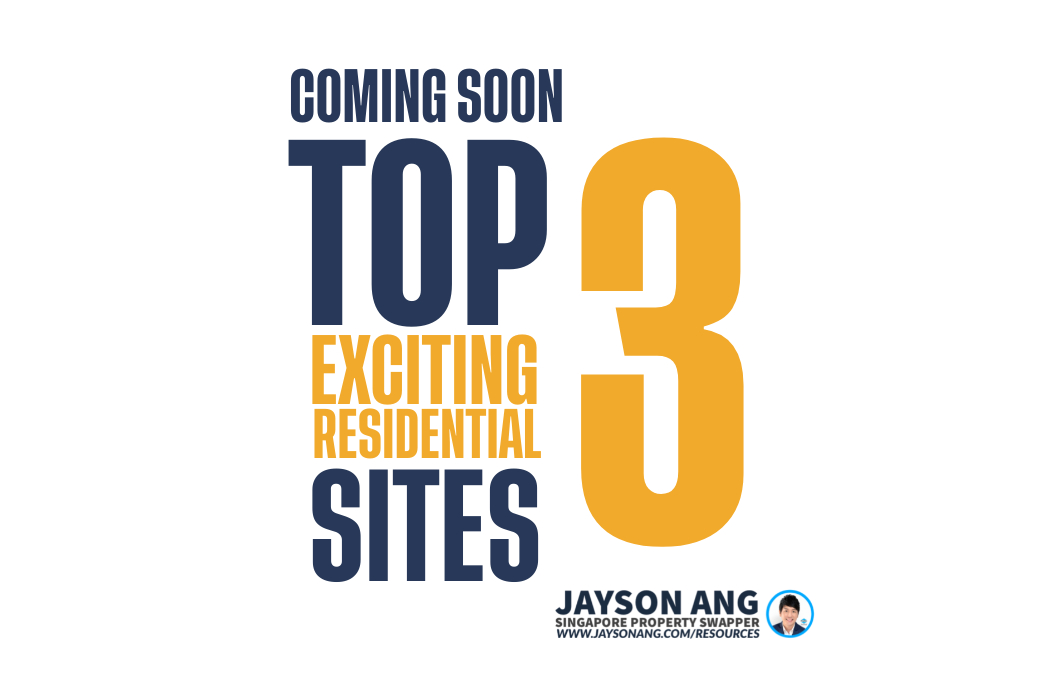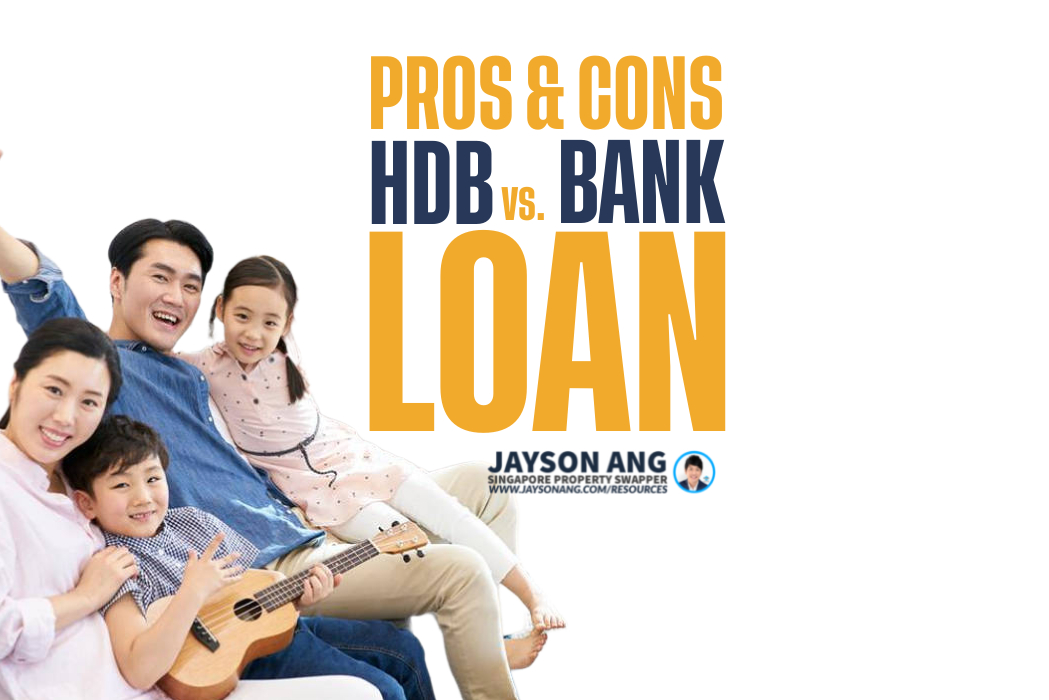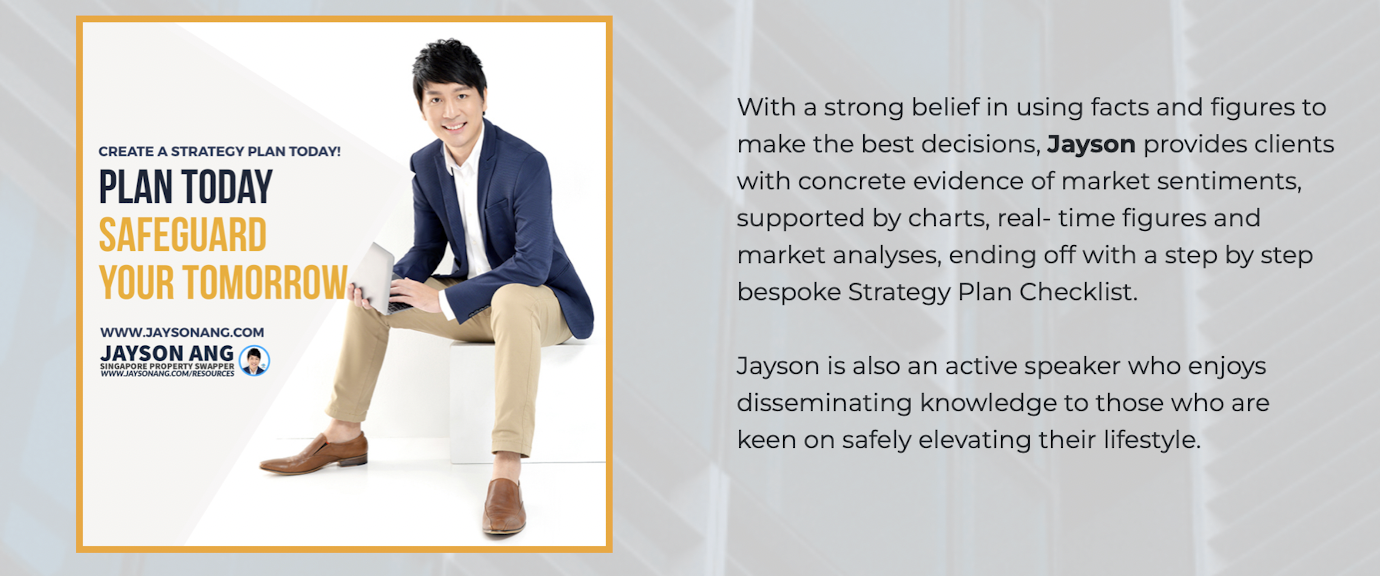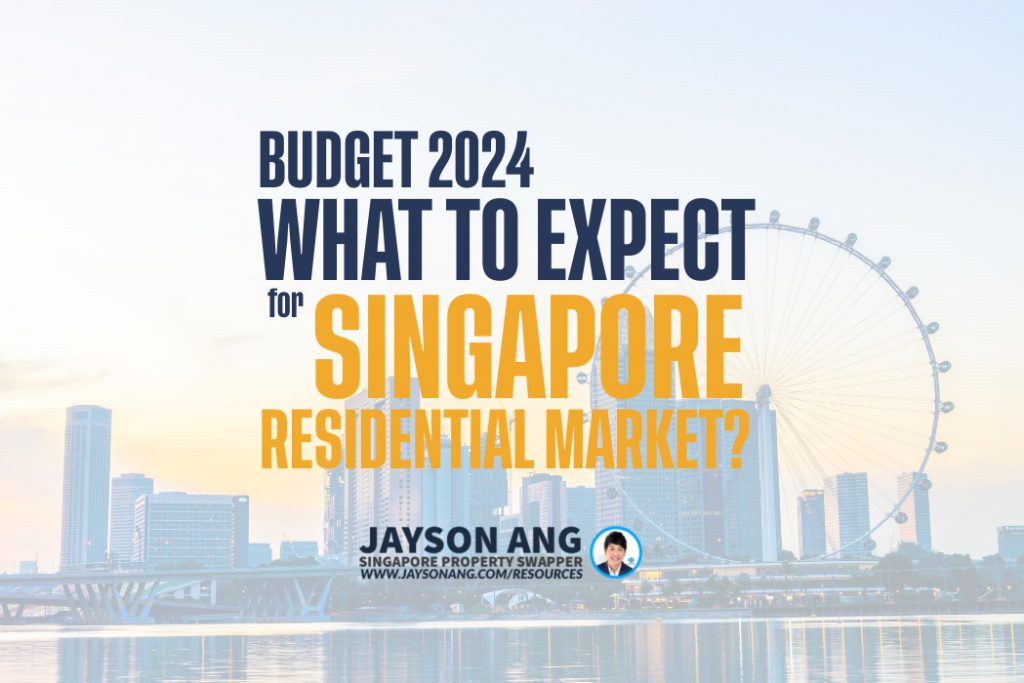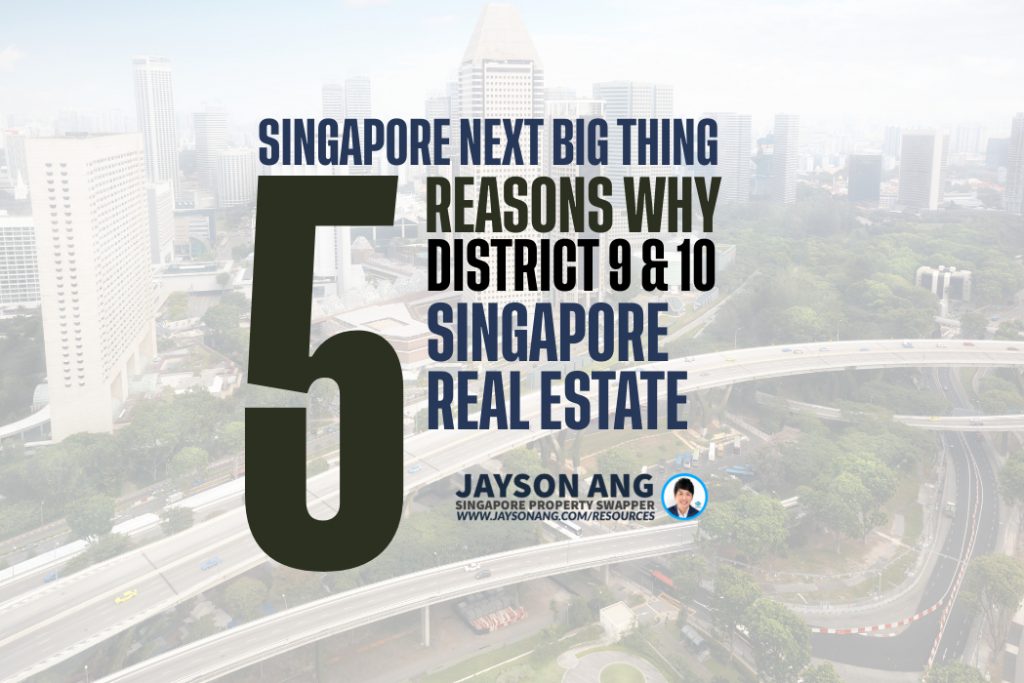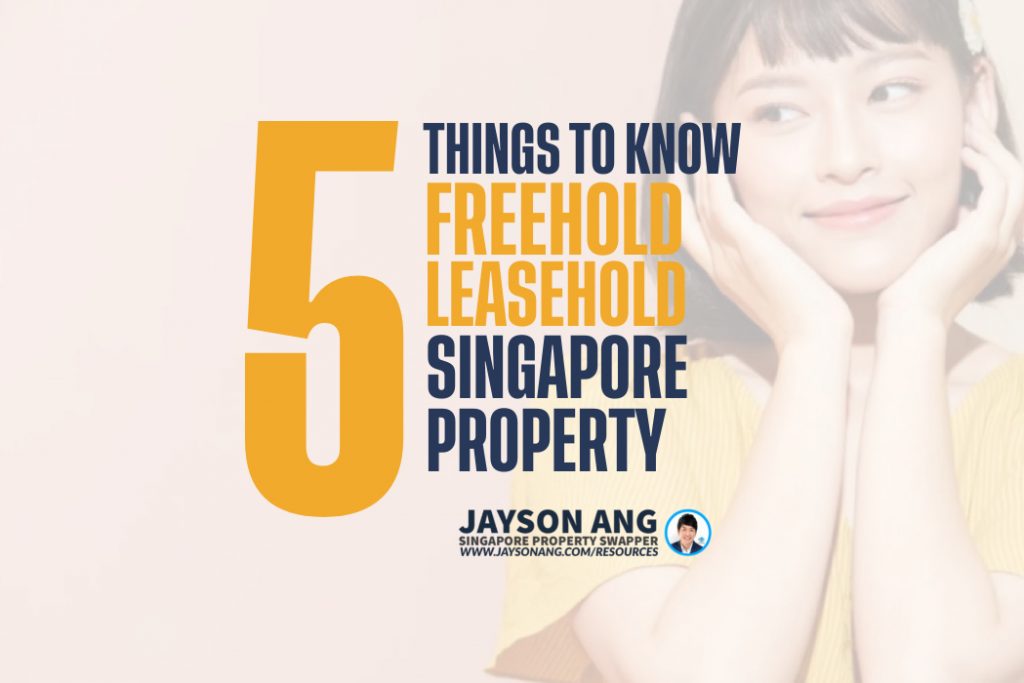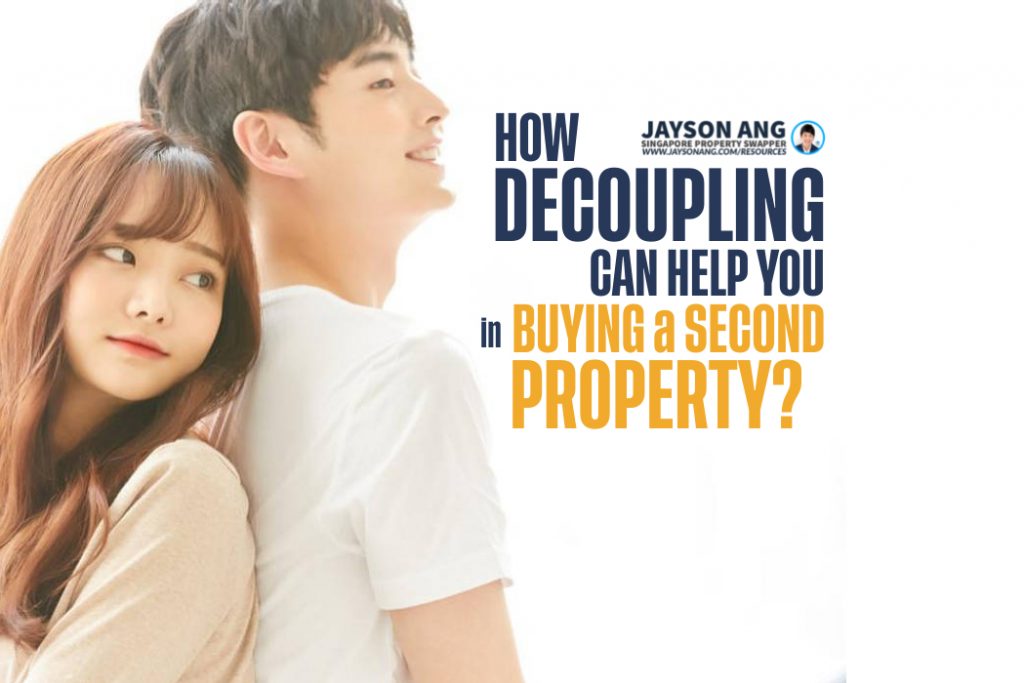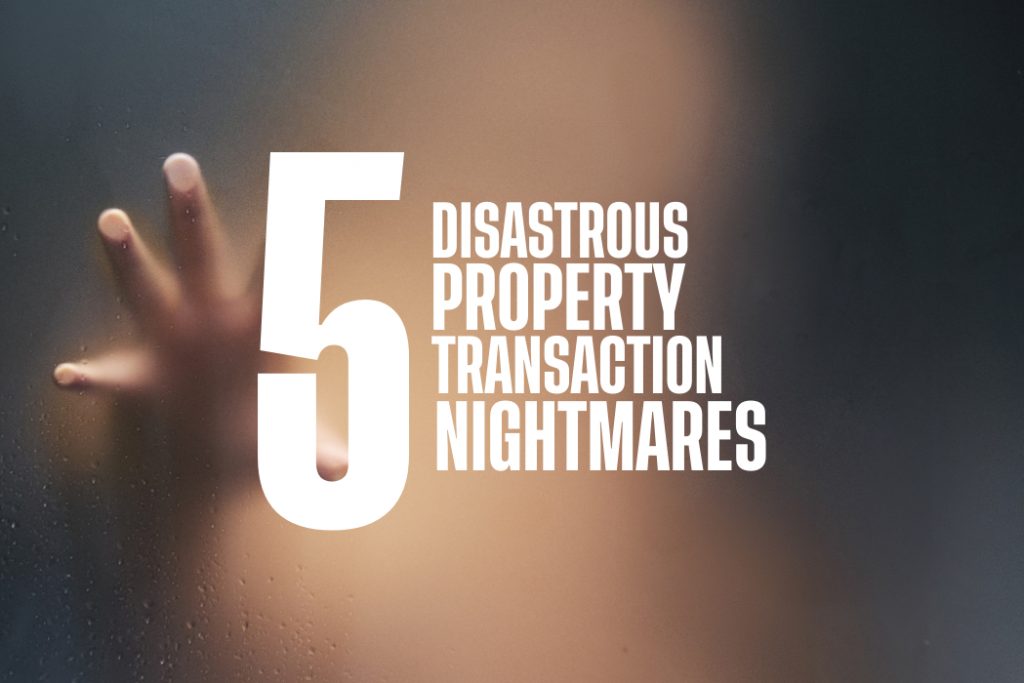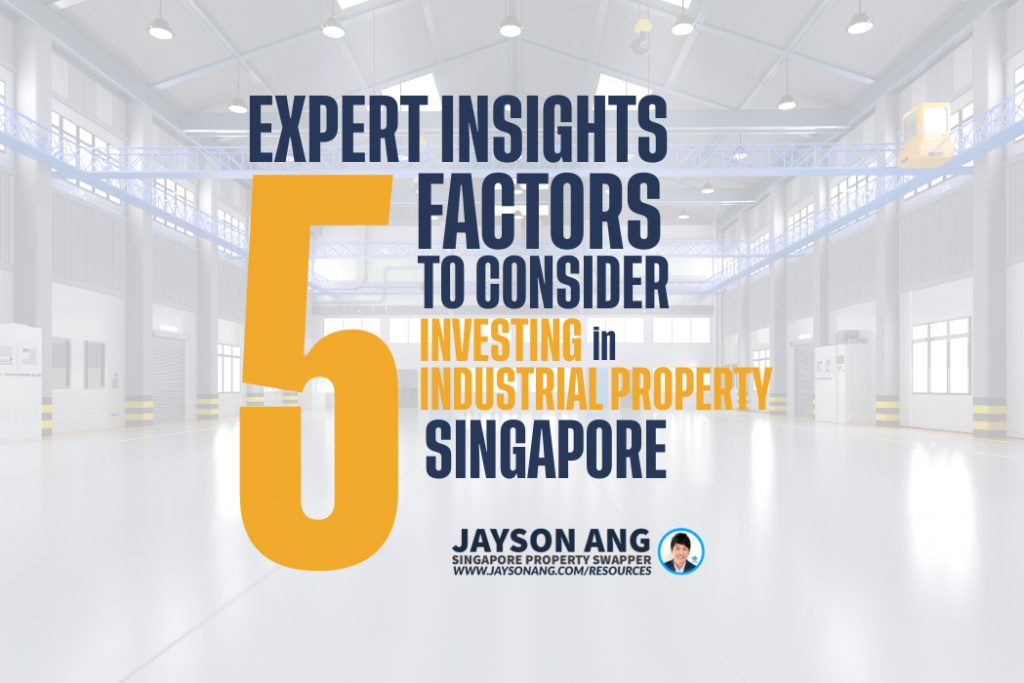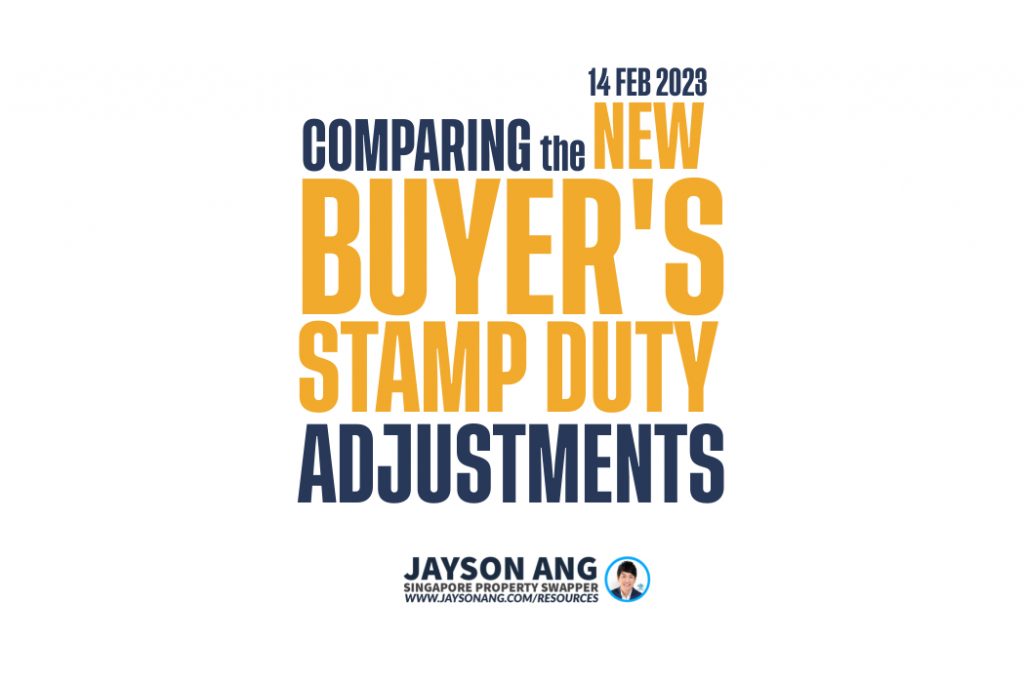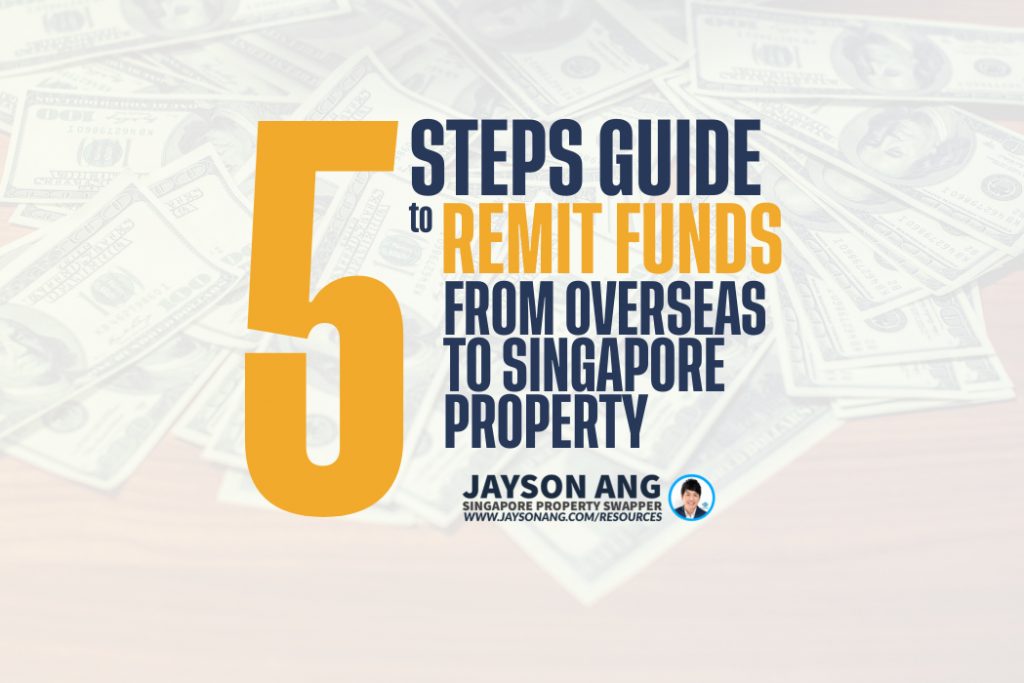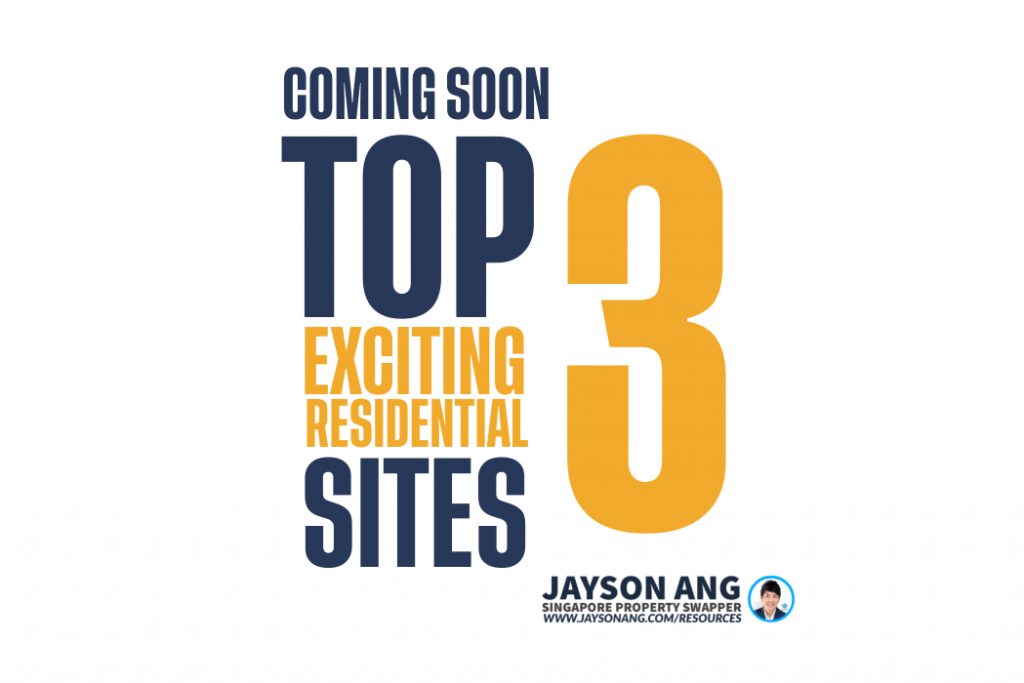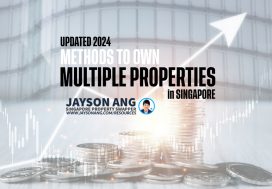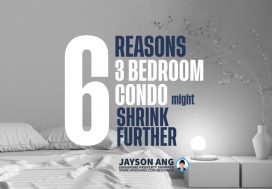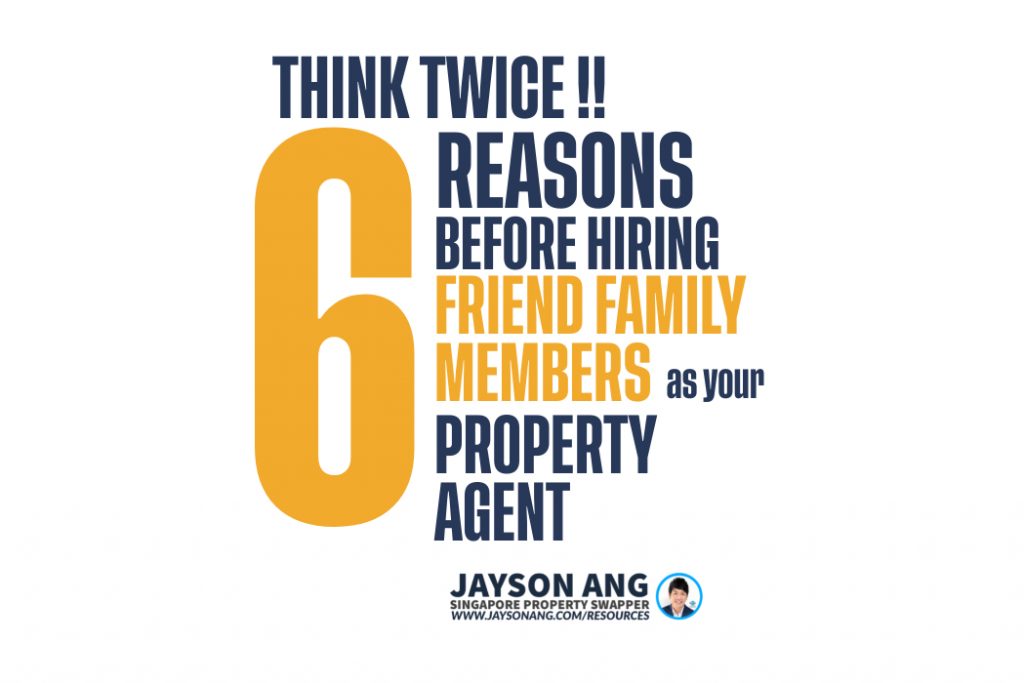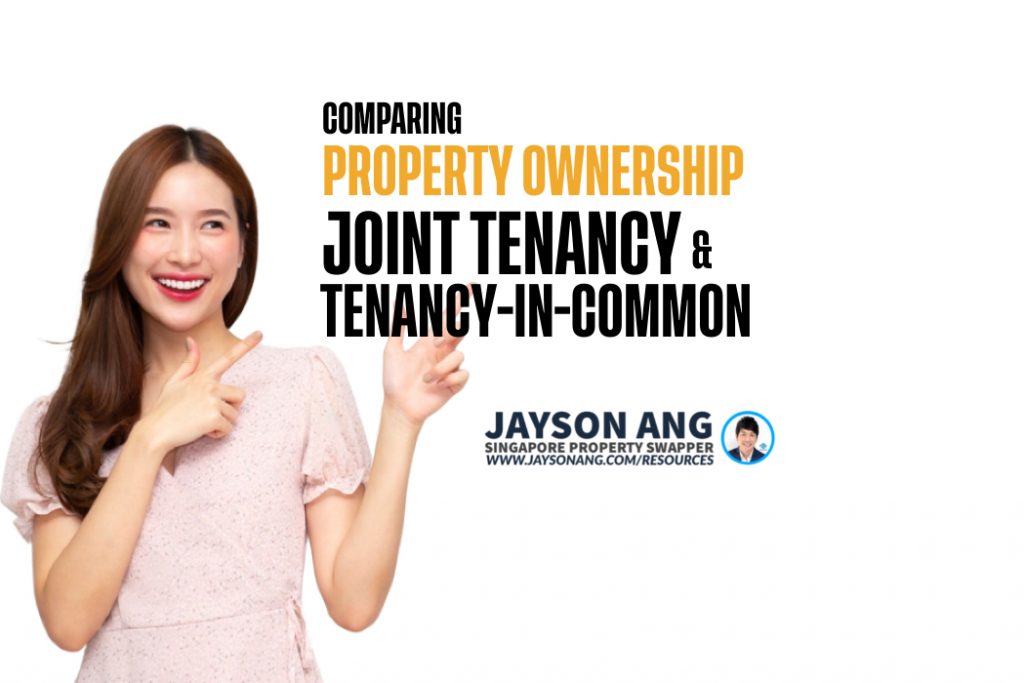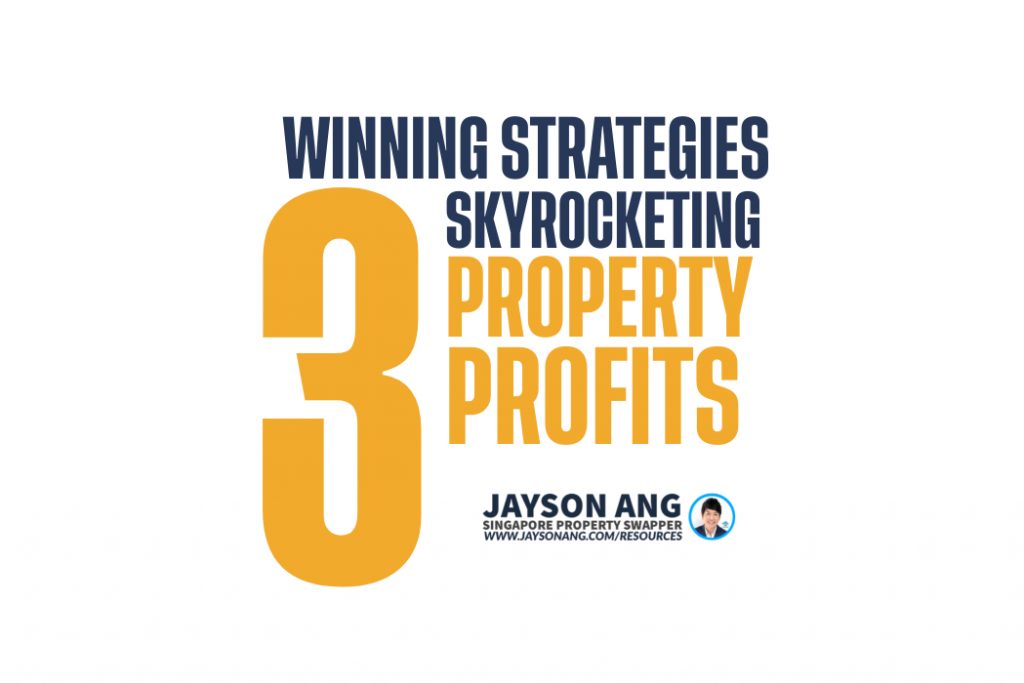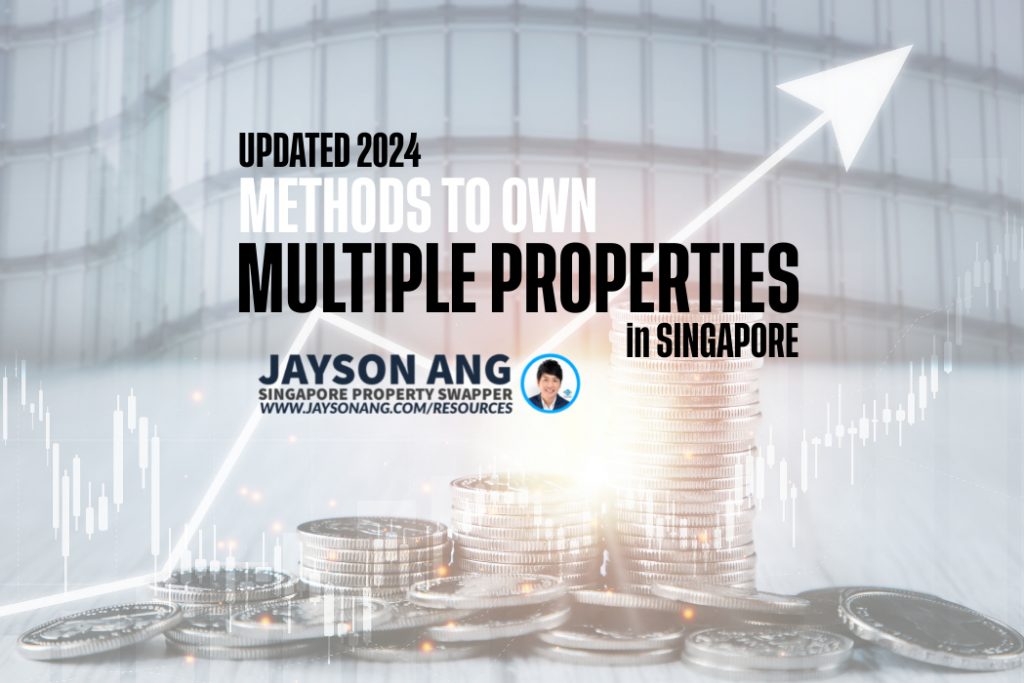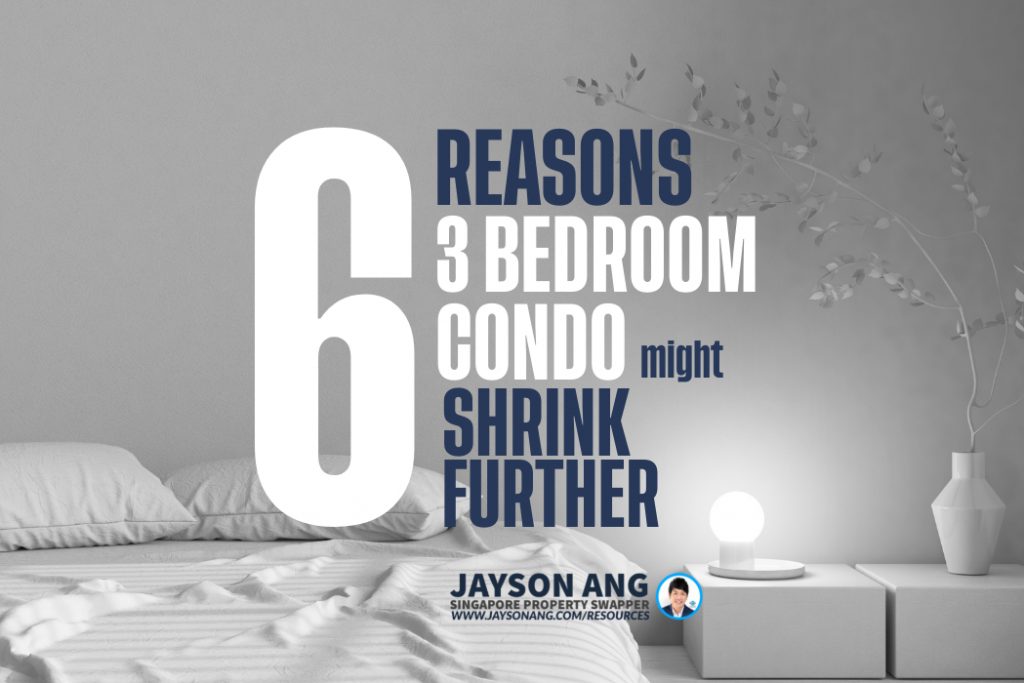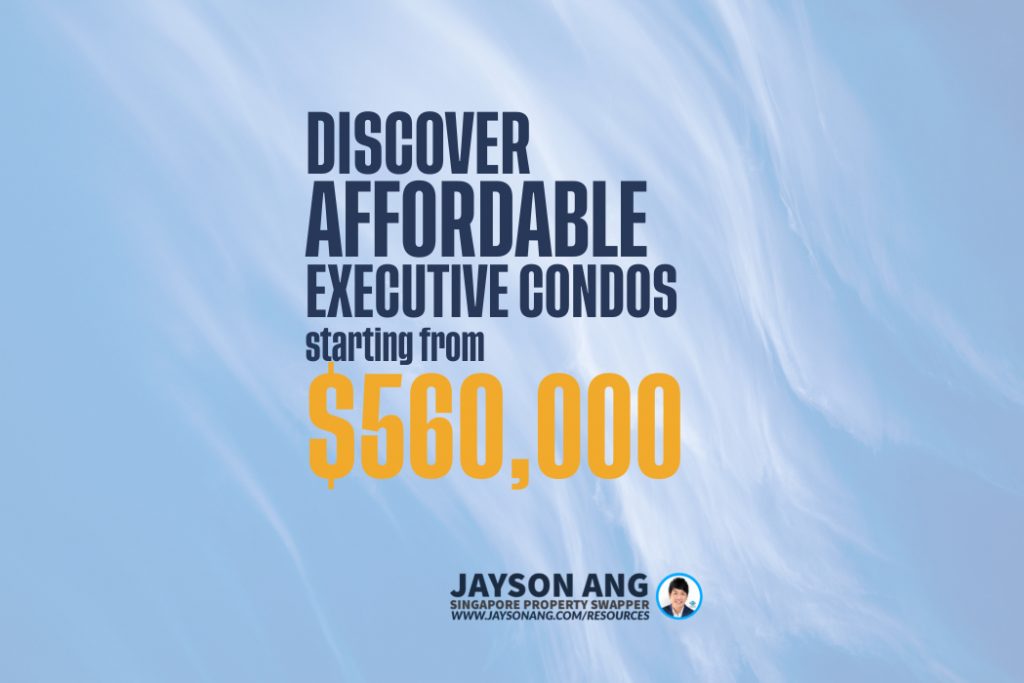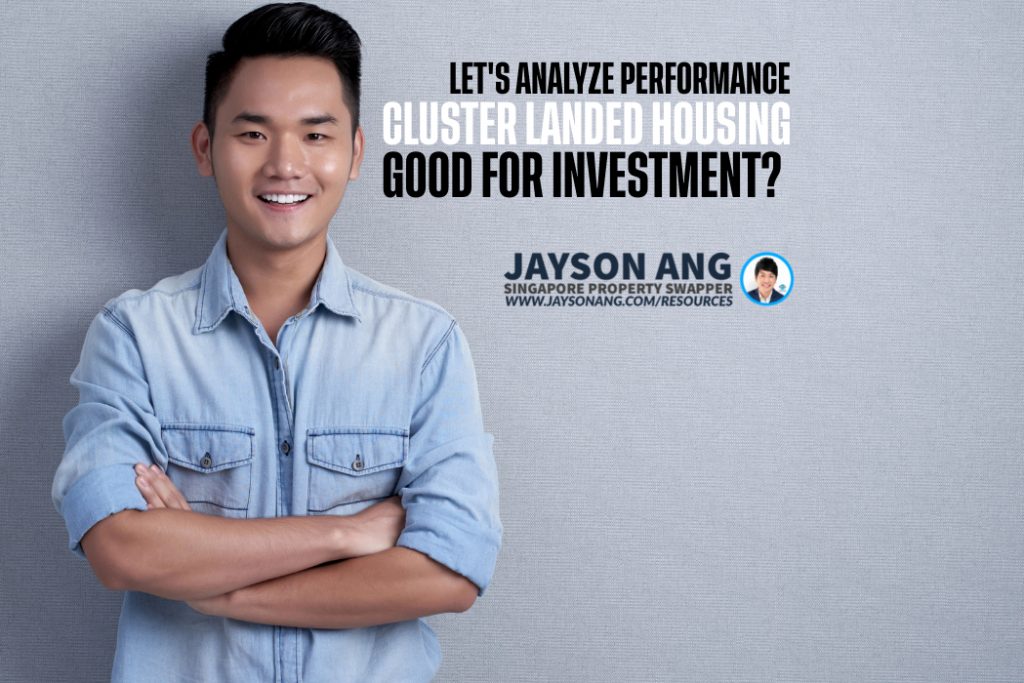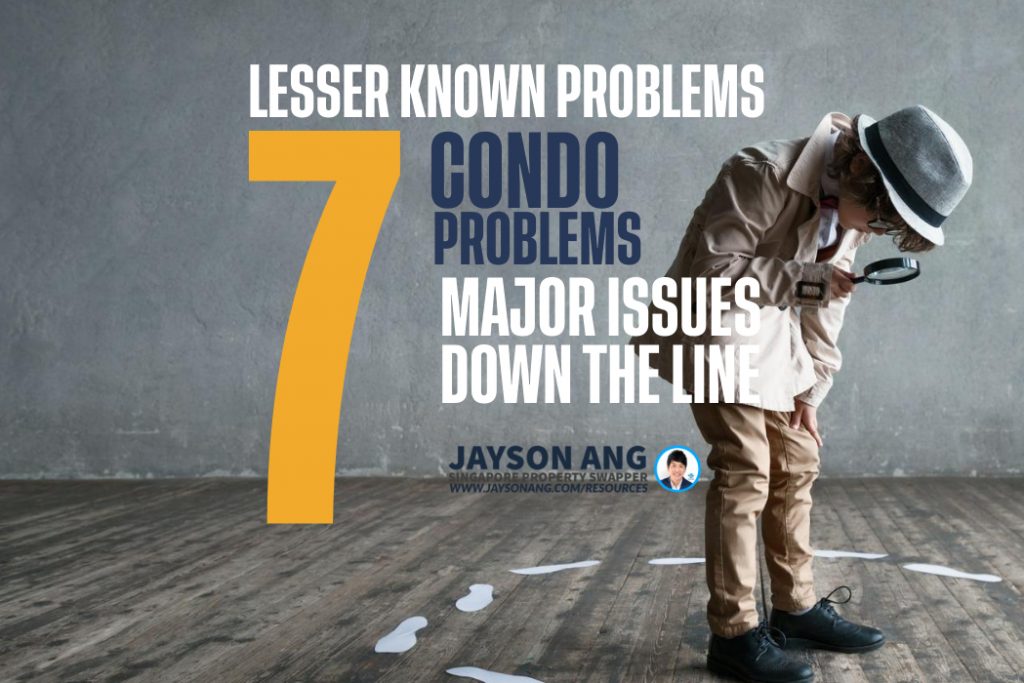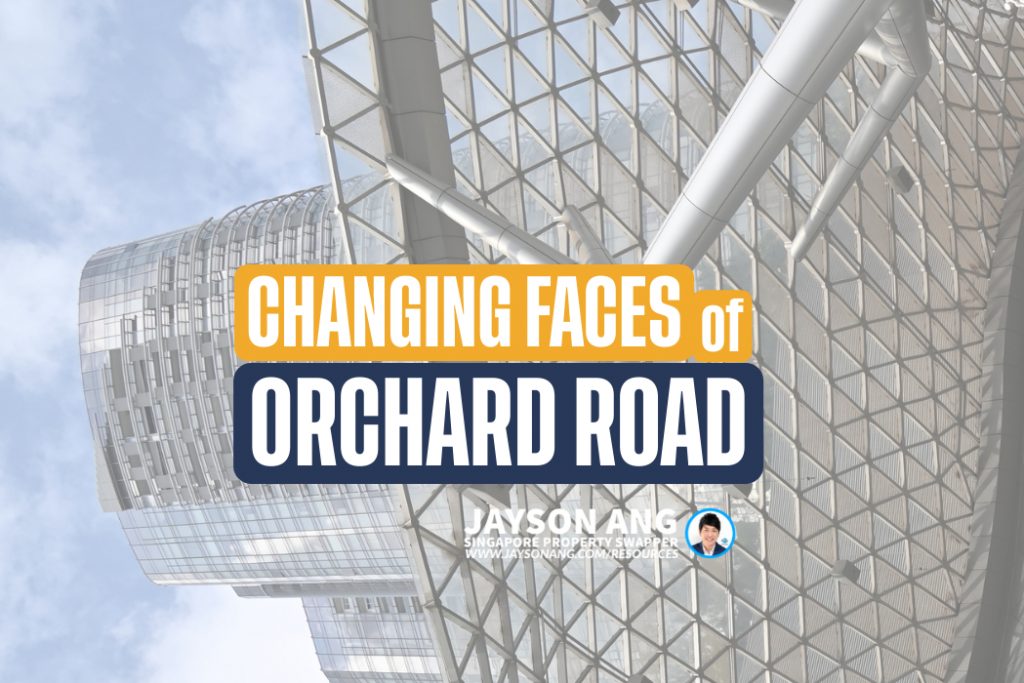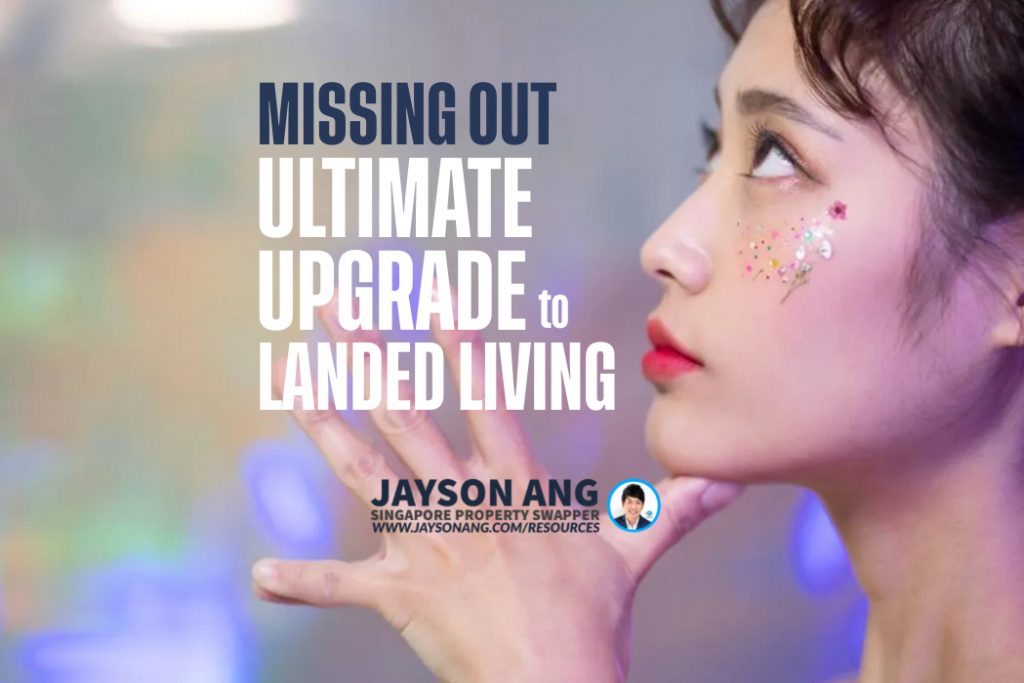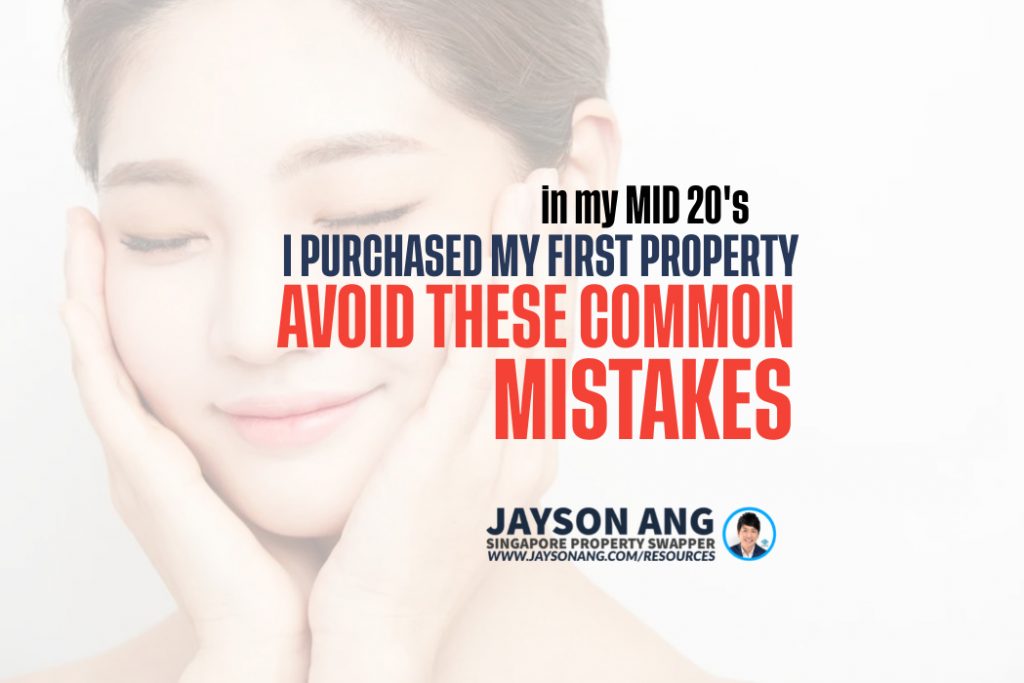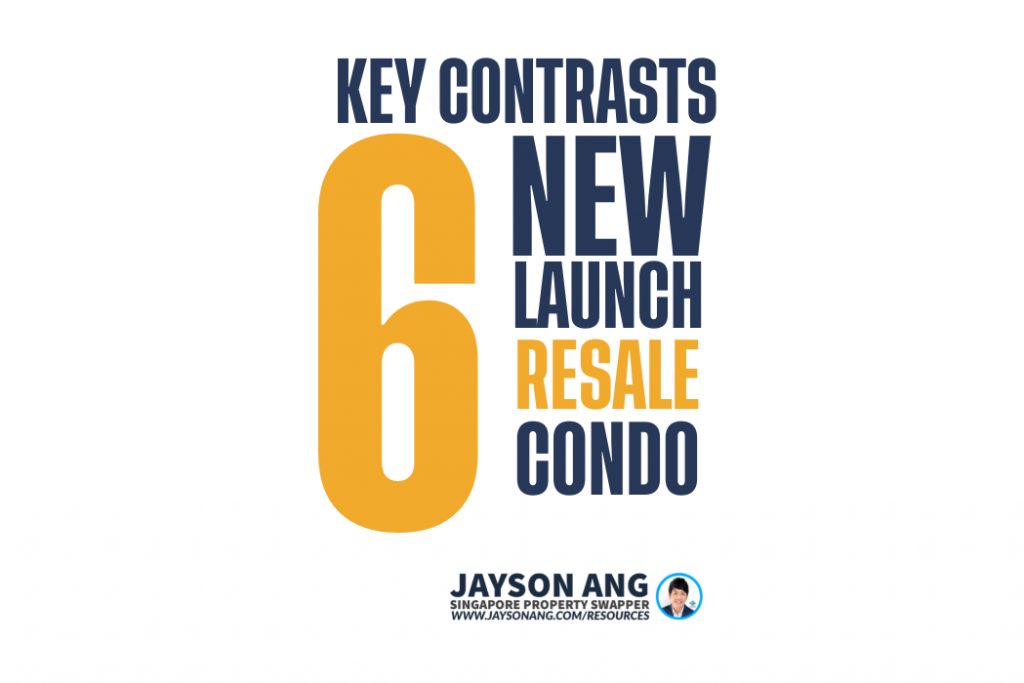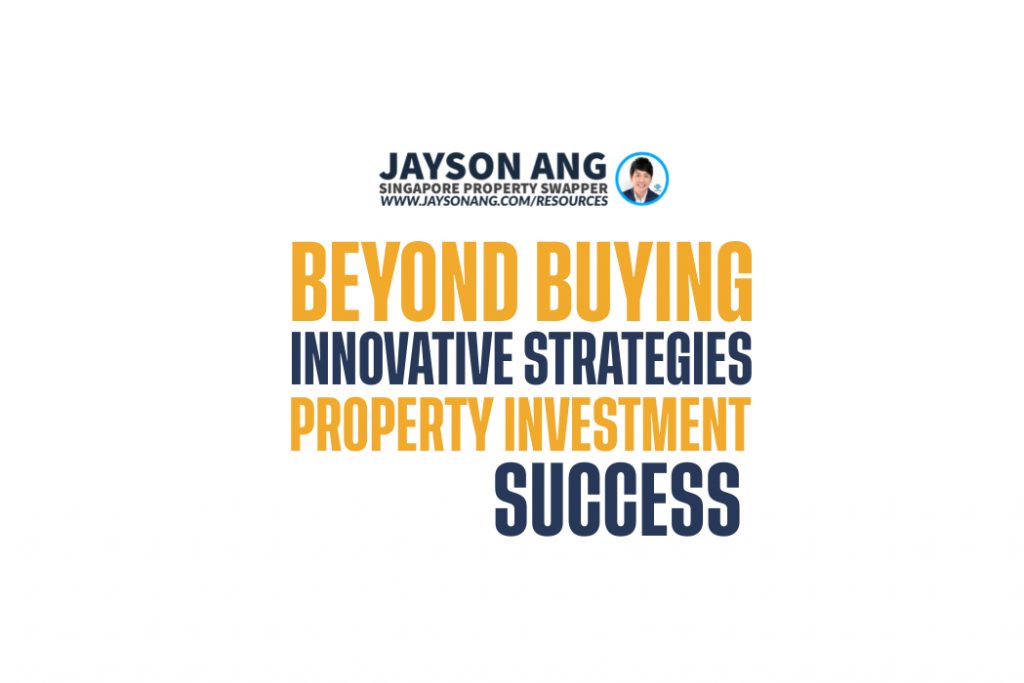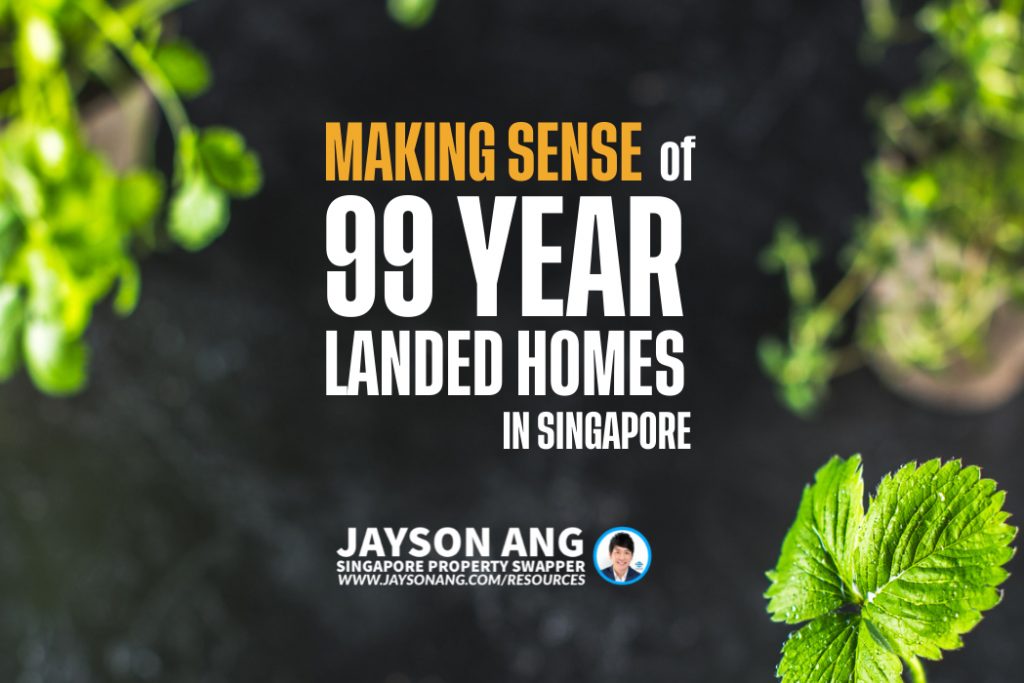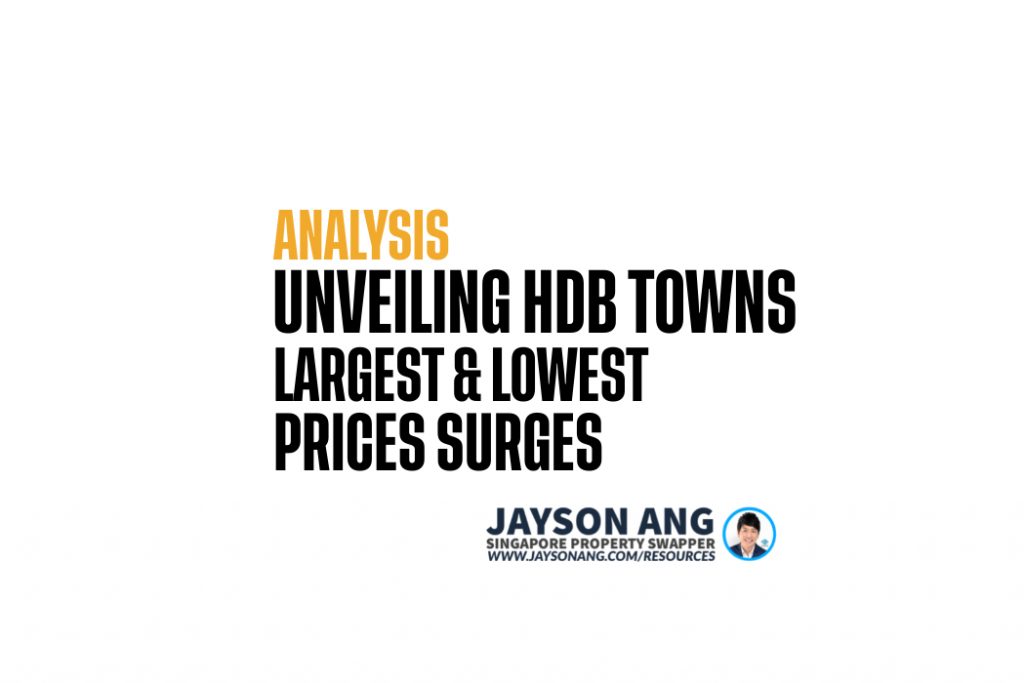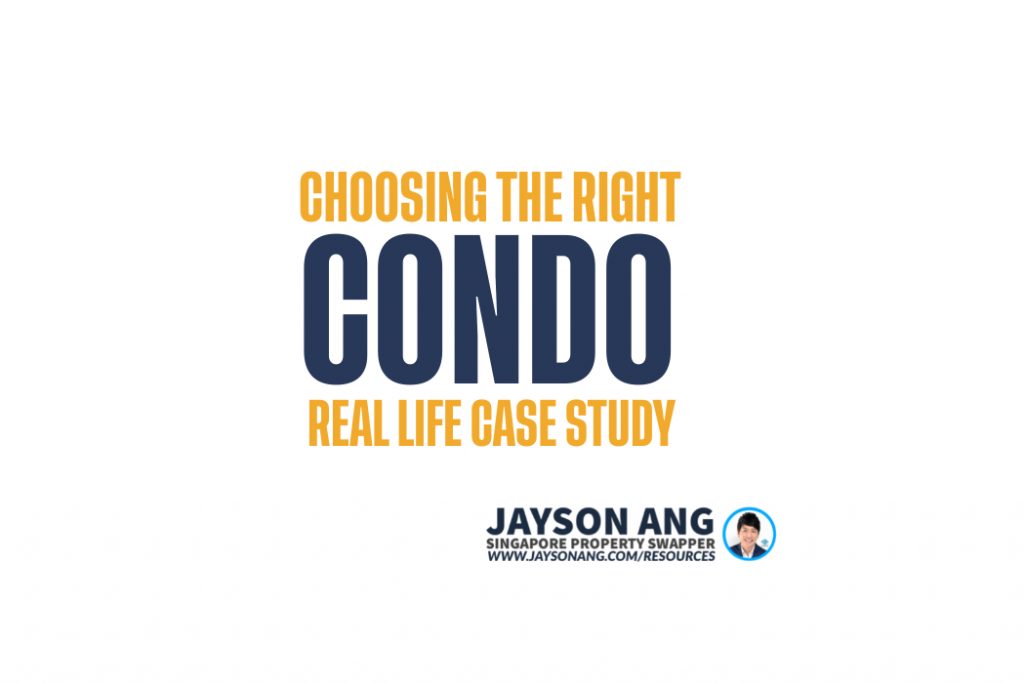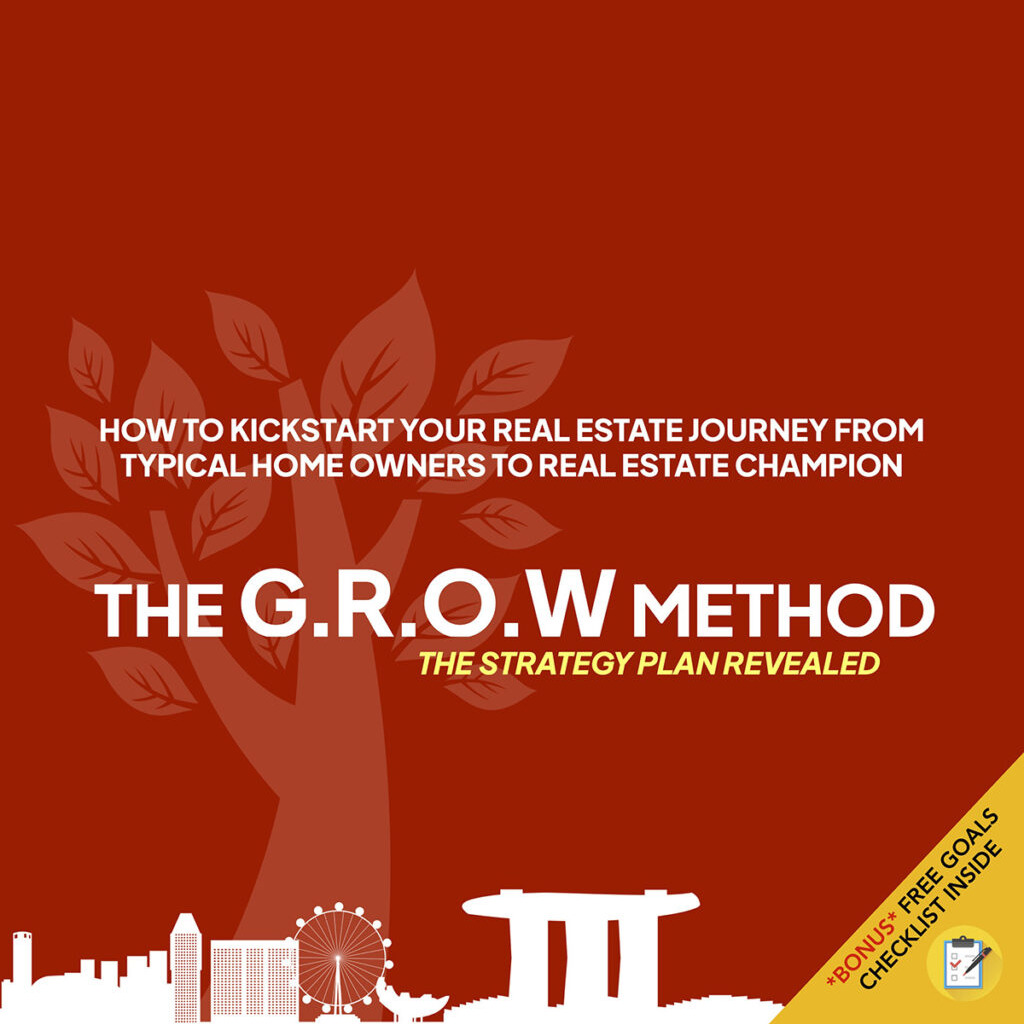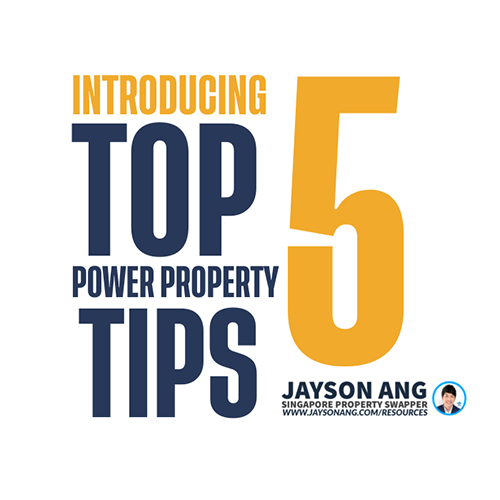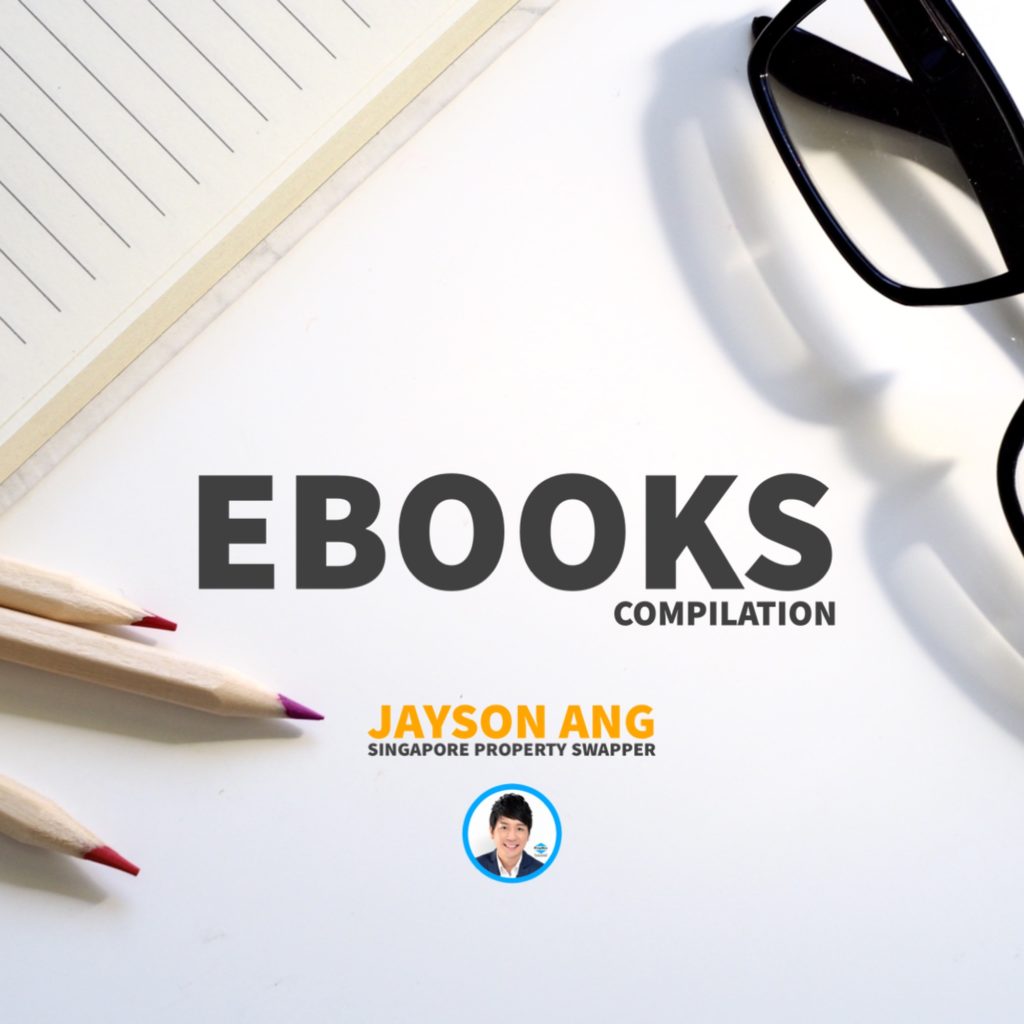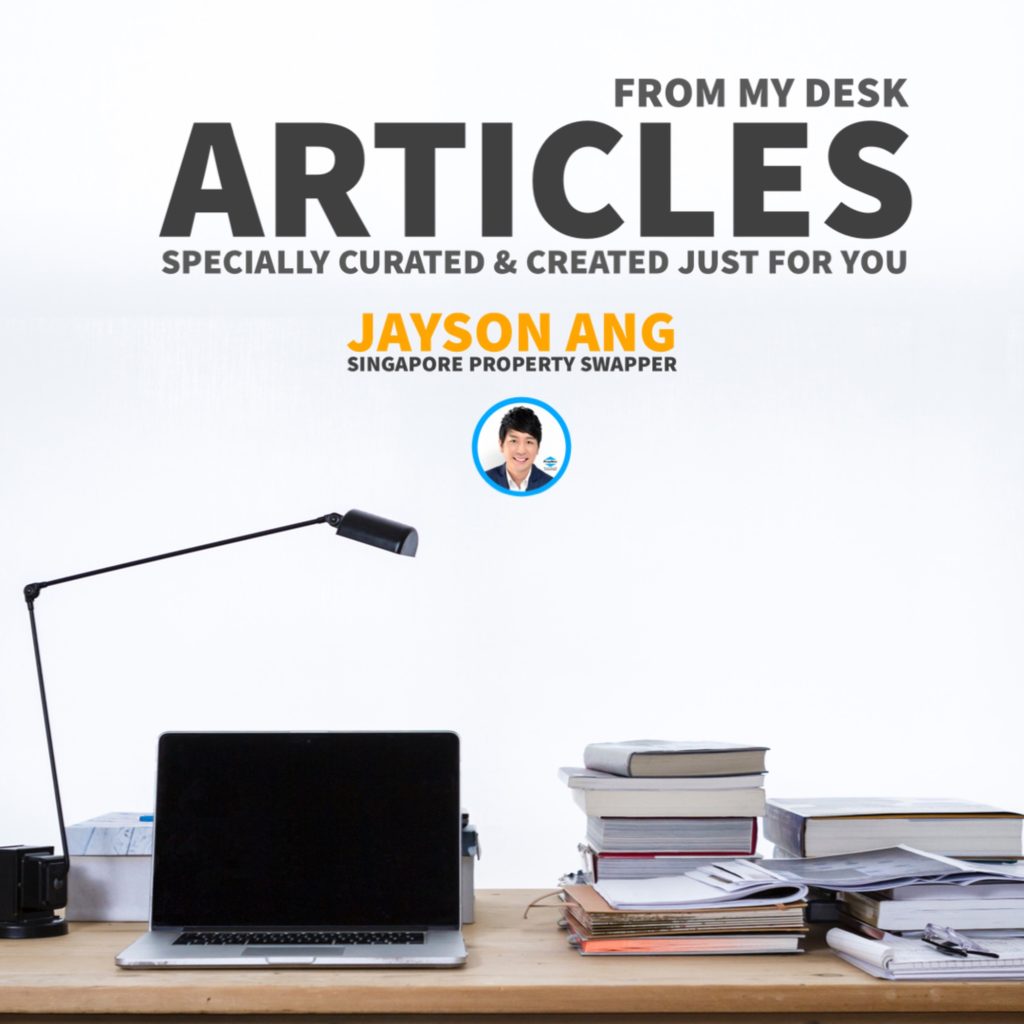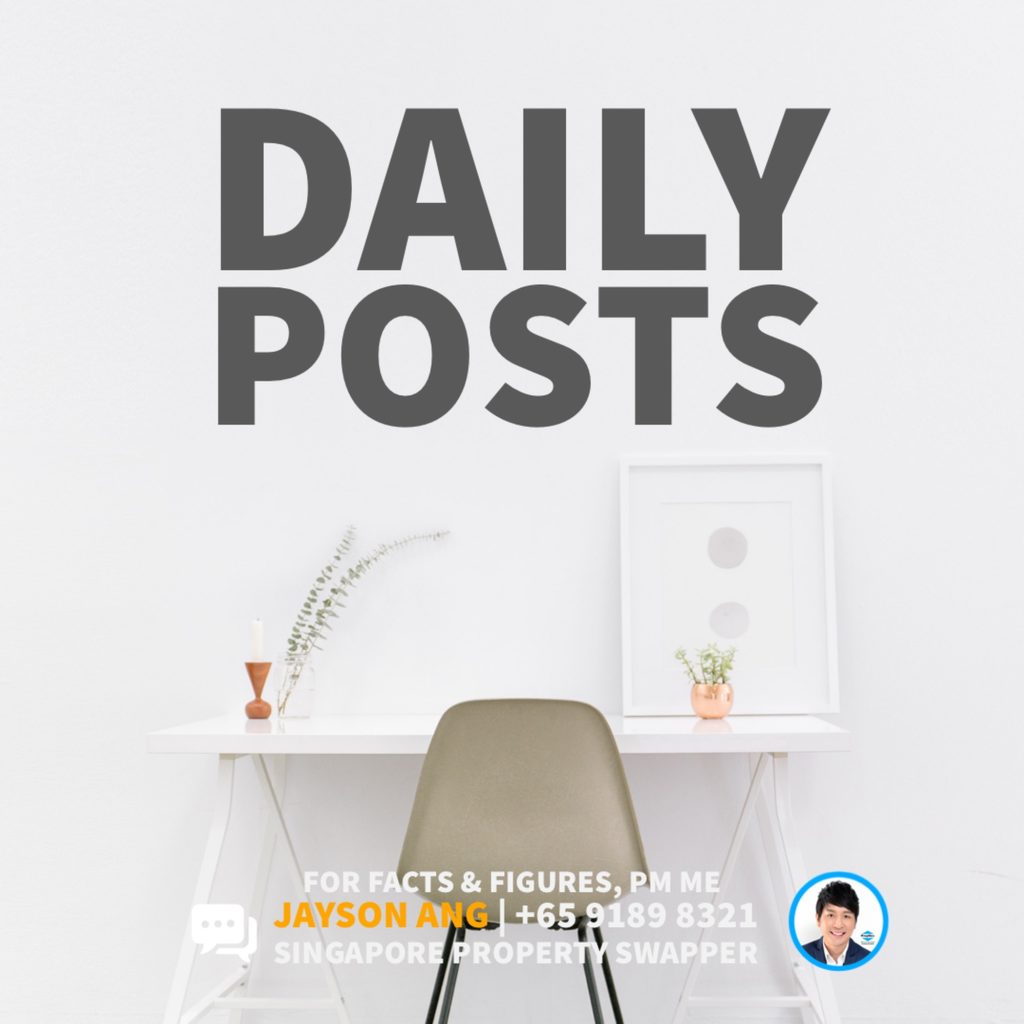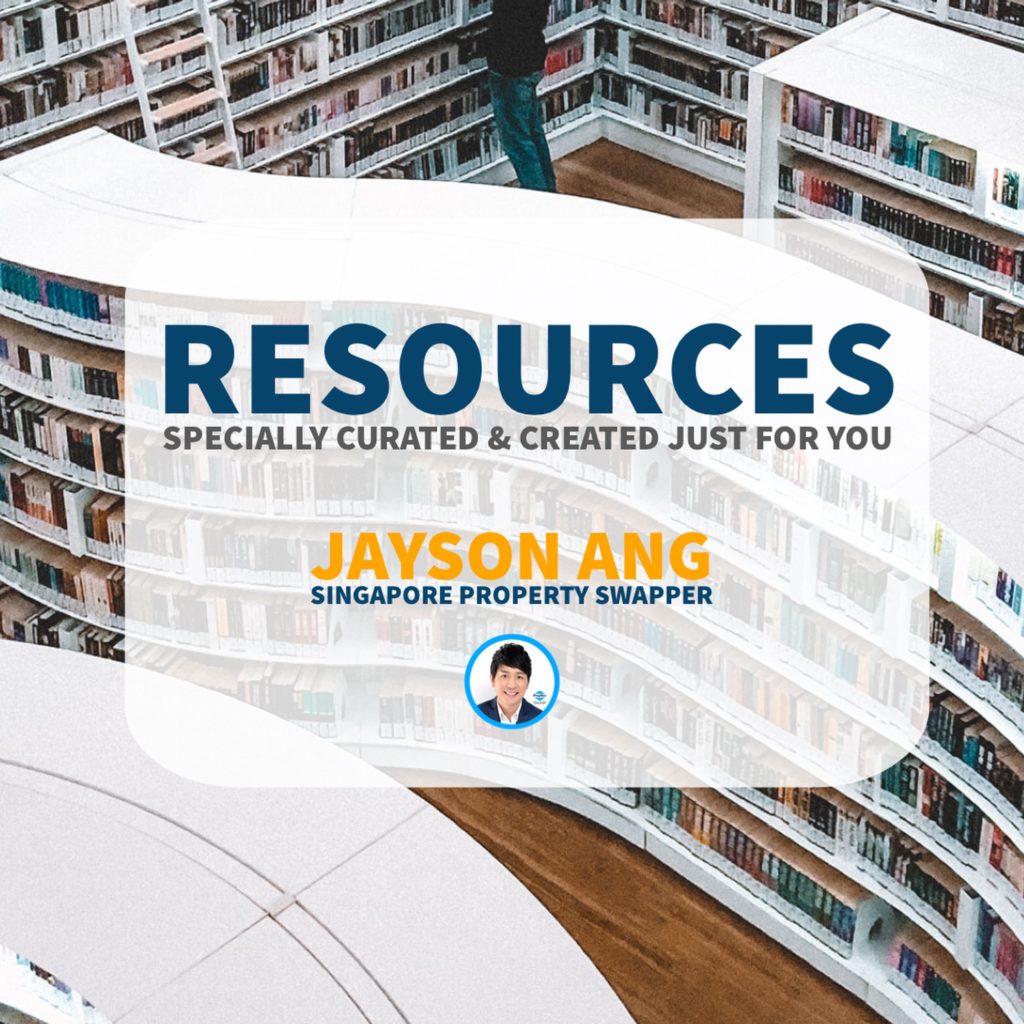TLDR
When it comes to property advice, it’s crucial to be cautious of common misconceptions. For instance, schemes like the Progressive Payment Scheme and Deferred Payment Scheme may not necessarily make properties more affordable in the long run. Additionally, proximity to amenities may increase rentability but not always rental yield. Investing in a shoebox property early on can have its pitfalls, especially if relying solely on rental income. Securing a unit with a cheque without pre-approved home loan can lead to complications. Lastly, transferring property ownership to your child comes with risks and implications. Always consider multiple factors beyond just the cost when making property investments.
No matter how well-intentioned, bad property advice can bring about serious financial repercussions. Though it may not be malicious, much of the advice circulated today is out-of-date or oversimplified.
From focusing on the lowest cost per square foot to relying on positive cash flow, here are a few pieces of ‘bad’ advice you should reconsider!
Bad Property Advice #1: The Progressive Payment Scheme And Deferred Payment Scheme Can Help Make Property Ownership More Achievable!
The Progressive Payment Scheme (PPS) provides an effective way of making properties appear more affordable, helping to relieve certain cash flow issues.
However, it does not make your property “more affordable”; the loan repayment rises in line with the progress of the property, for instance 10 per cent being released when the foundation is laid and 10 per cent when the concrete framework is completed.
The monthly loan repayment can start off as small as $292 to $888 for a loan of $1,125,000 for 25 years at 1.3% interest!
But after the loan’s completion, you will be looking at a significantly higher $4,631 repayment per month for the remaining 22 years.
Keep in mind, the progress stages of your loan are not fixed, meaning your repayments can increase faster than expected.
The Progress Payment System might help your cash flow for now, however, it doesn’t alter the issue of affordability in the long run.
The Deferred Payment Scheme (DPS) gives you the option to postpone loan repayments when buying a newly completed property.
The DPS is exclusively available for properties with a Temporary Occupancy Permit (TOP).
What’s more, you can also have the advantage of renting out the property during the 24-month period, which can be an attractive feature for potential landlords.
It’s important to understand that purchasing either a new or completed property usually comes at a premium. Plus, you have the benefit of being able to move in or rent out immediately.
This may result in a cost increase of up to 20%. However, this means taking on extra risk; for instance, what if your financial status changes within 24 months?
You might be stuck with the most expensive or least desirable selections within the development.
The DPS is really convenient for those making a move from a flat to a condo – there’s no need to manage two home loans at once!
However, the misconception that the PPS and DPS make properties cheaper or more affordable is far from the truth.
Ultimately, these programs offer an advantage – but never at the cost of affordability.
Bad Property Advice #2: TO Maximize Their Rental Yields, Landlords Should Consider Investing In Properties Located Close To
The confusion between rentability and rental yield arises when considering a property purchase; while being close to key amenities may make a unit more desirable, it could also lower your rental yield since such areas tend to be more expensive.
Rentability speaks to the ease of attracting and maintaining tenants, whereas rental yield gauges the returns from rental income in relation to the cost of the property.
Take, for instance, The Orchard Residences, which has high rentability due to its proximity to Ion Orchard and the MRT station; however, the rental yield is not as impressive.
At The Orchard Residences, the average rental income is a whopping $12,763 per month, making it an ideal example of high rentability.
With the price of a unit estimated to be around $8,016,000, the gross rental yield stands at a surprising 1.9 per cent – significantly higher than the usual two to three per cent for most condos.
It’s important to keep in mind that higher rentability doesn’t necessarily equate to a negative outcome; in fact, some landlords find it advantageous to opt for higher rentability over a lower yield.
Not only does this reduce the cost of acquiring new tenants, but it can also help to prevent total vacancies during a period of economic downturn. The key here is for landlords to be mindful of this when making their purchase.
It’s important to remember that certain amenities, like being near MRT stations, can make a property more rentable without necessarily affecting the actual rental yield.
Although being close to the station could bring in more potential tenants, you may not be able to charge them more due to other circumstances like an older apartment with lower rates nearby.
Even if you had paid a higher price for a property by the MRT, it’s still tough to raise your rent.
Before jumping into any investment opportunities, it is vital to do your due diligence; after all, each scenario is highly subjective.
Bad Property Advice #3: Why Not Make An Investment And Rent Out A Shoebox As Soon As You Can Afford It While Living With Your Parents?
If you’re able to, purchasing a shoebox for 25 or 30 and holding it for 5-10 years with the intention to later sell it and use the money to buy a place of your own might sound like a great plan.
The rental income should be enough to cover the interest on the loan (or if you’re lucky, maybe even the full loan repayment).
Sadly, this is often a recipe for shoebox investment disaster.
If you are relying on rental income to finance your current home, it is possible that you will have to sell it if, in the coming years, you find yourself in need of a place of your own – whether due to marriage or other family circumstances.
This could lead to a series of issues, as the state of the property market at that time is unpredictable and may result in a loss.
In a nutshell, owning a private property will stop you from being able to buy an HDB flat. Dispose of that property and then you must wait a whopping 30 months before you can even think about applying for a BTO flat, which is usually 3-4 years to build. If you’re in a rush to find a new home, the only option available is to buy a resale flat.
If you don’t want to be completely dependent on rental income to fund the shoebox and you are certain that you won’t need to sell within three years, we highly recommend following this advice.
Doing so will help you avoid paying Seller’s Stamp Duty if you do happen to sell within that timeframe.
If you have the means, why not put away some extra funds to purchase a two-bedroom home? That way, if you and your partner ever decide to settle down, you’ll already have a place to call your own.
This could even save you the trouble of having to sell and scramble to find a resale flat at the last minute.
Bad Property Advice #4: Write A Cheque To Secure The Unit, And If You’re Unable To Secure A Loan By The Deadline, You Can Extend The Option To Purchase (OTP)
As of September 2020, it’s no longer possible to continuously renew a lapsed OTP – the maximum validity period allowed is 12 weeks, but this can only be done with URA’s permission. So if you’re thinking of ‘booking’ a unit with a cheque, make sure you’ve already got a pre-approved home loan – otherwise you risk losing a portion of your deposit, or taking on less-than-ideal home loan terms out of desperation.
Before even thinking of viewing a show flat, ensure you have gotten in-principle approval from a bank.
With only 14-21 days for the OTP process, it can be hard to secure a loan in time.
If you are unsure of how to proceed, don’t hesitate to reach out to me!
I can help you search for the bank with the most affordable rates, then get the approval you need. With a clear budget and timeline, you’ll be ready to start house hunting in no time!
Bad Property Advice #5: Avoid Being Subject To The Absd By Placing The Home In Your Child’s Name
Buying a home in your child’s name can be a tempting option if they are at least 21 and don’t already own property, however this advice is frequently oversimplified and comes with risks.
If your child decides to sell the home, take out a home equity loan, or take any other action you do not agree with, this could have a disastrous effect on your financial situation – especially if you are planning on using the property as a retirement asset.
If your child wishes to own an HDB flat, they will have to wait until the property is sold and another 30 months have elapsed – a potential stumbling block if they want to get married and establish a home of their own later.
Thirdly, bear in mind that certain types of aid – like GST offset vouchers or recent Covid-19 support for the self-employed – rely on the Annual Value (AV) of the home. If your child is listed as the owner of a condo, it’s likely they won’t qualify for such help, regardless of their real financial situation.
It’s important to take this advice only after proper consideration. Remember that transferring the property from your child to yourself later may come with hefty stamp duties.
So, make sure to talk to a conveyancing lawyer and understand the implications before taking this route.
Bad Property Advice #6: Opt For Items With The Lowest Cost; The More Economical, The More Rewarding The Purchase!
Property investments are not as straightforward as they may appear; there is more to consider than just one important factor.
Take, for instance, mega-projects like Treasure at Tampines, Normanton Park and Parc Clematis; they often come with a lower price tag, even compared to other nearby developments, due to the sheer number of units they offer (up to 2,000 in the case of Treasure at Tampines!).
When it comes to buying a property in a development or an older one with a lower price tag, the number of landlords and sellers you’re competing with can be a deciding factor in the potential gains.
This is evident in the People’s Park Complex, where the lower price combined with a modestly lower rent yields a notably high rental return. Thus, it is important to consider the future competition when planning to buy a property.
Though low prices may be tempting, they can be deceiving. You must consider other factors such as location, the URA Master Plan, and maintenance state of the property when looking to purchase.
Neglecting to do so may leave you facing costly rentability losses, lease decay, or even the prospect of inhabiting an older home with uninterested elderly owners unwilling to take an en-bloc sale.
All in all, the price is just one of many considerations to make when searching for the perfect property.
For a comprehensive overview of all the best properties, follow me on my blog!
I have carefully considered multiple factors for our price comparisons, so you can be sure to make an informed decision – no more bad property advice!
Should You Buy, Sell or Wait?
If you’re reading this, you must be trying to figure out the best course of action right now: is it the right time to buy or sell?
It’s difficult to give an exact answer since everyone’s situation is unique and what works for one person may not necessarily work for you.
I can bring you a wealth of on-the-ground experience and a data-driven approach to provide clarity and direction. From beginners to experienced investors, our top-down, objective approach will help you on your real estate journey.
I can help you by:
- Offering Strategic Real Estate Advice – I can help create a comprehensive plan to guide you through your property journey.
- Connecting Your Home with the Perfect Buyers – Through stunning visuals, an effective communication strategy, and an in-depth knowledge of the market, we’ll ensure your home is presented in the best possible way to fulfill your goals.
You May Also Like …

